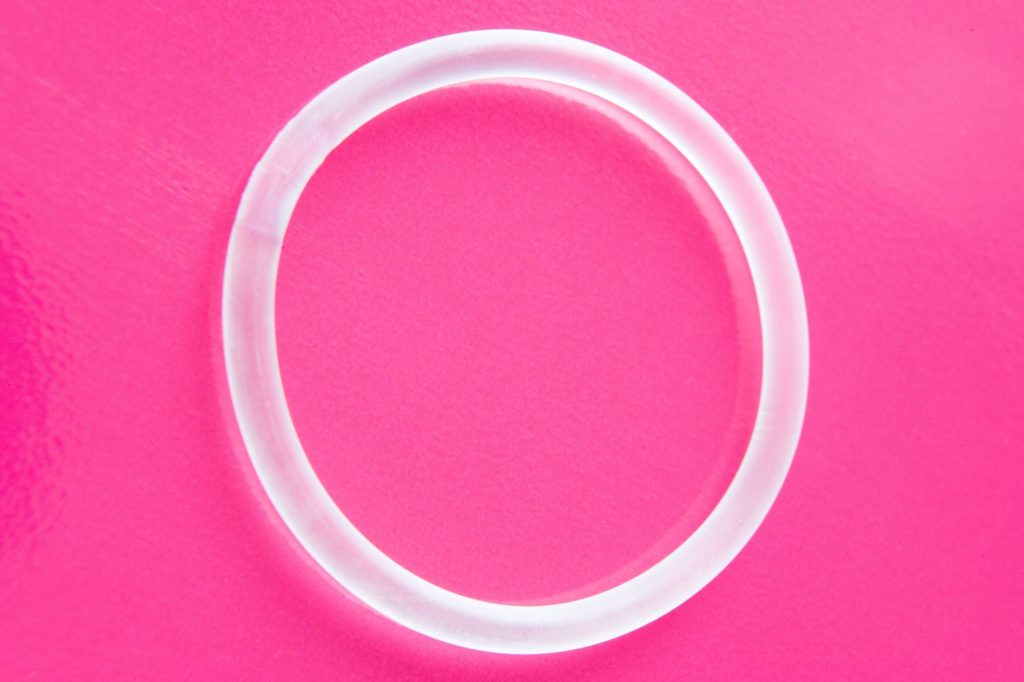Mirena: Uses, Side Effects and Safety Information

Among so many birth control methods presented on the market, year after year, thousands of women worldwide choose intrauterine devices, where the Mirena IUD brand is among the most popular. It is not strange as it is, first of all, comfortable and second, effective. But is it safe? Is it suitable for all patients? Does it provide 100% protection against unwanted pregnancy? We have answered these and other questions in the article to help you make the right decision when you plan on getting the intrauterine device Mirena as your constant contraceptive. Keep on reading!
What is Mirena Intrauterine Device?
Mirena IUD belongs to hormonal contraception. The device itself is a small plastic T-shaped system that can be easily placed in your palm. The size of this device is 32 mm. The vertical bar of the device contains a capsule with 38 mg of the levonorgestrel hormone with barium chloride sprayed in silicone that actually works to prevent pregnancy.
To perform its function, Mirena IUD is placed inside the uterus, where it can stay up to 6 years. Mirena insertion can be performed only by a professional OB-GYN doctor in premenopausal female patients who do not have any contraindications to use hormonal IUD. Also, after the insertion, the woman should undergo a medical examination with the gynecologist at least 1 time in a year to make sure the device did not move from its place, there are no infections and other medical conditions.
One more benefit of using Mirena intrauterine contraception is that it can be removed at any time per the patient’s request. We stress once more that only a professional doctor can remove and insert the IUD. No way to do it yourself at home. It can be dangerous to your health.
How is Mirena Used?
Mirena hormonal intrauterine device for birth control is placed inside the woman’s uterine cavity by the OB-GYN doctor after a careful medical examination, which is aimed to determine whether the patient has no contraindications to use Mirena.
Contraindications to Use Mirena:
- pregnancy;
- hypersensitivity to any of the components of the device: levonorgestrel, silicone, silica, silver, barium, iron oxide, or polyethylene;
- ongoing vaginal bleeding;
- untreated pelvic infection;
- pelvic inflammatory disease;
- uterine fibroid tumors;
- breast cancer;
- cancer of the pelvic organs (uterus or cervix);
- liver disease;
- liver tumor;
- AIDS;
- leukemia;
- drug abuse, etc.
Also, the patient should inform the doctor about such medical conditions as problems with the heart-vascular system (high blood pressure, heart diseases, history of heart attacks or strokes), bleeding and blood clotting disorders, severe migraines, vaginal infection, pelvic infection, or sexually transmitted disease as Mirena is based on the hormone that can worsen any of these conditions.
Mirena Removal and Insertion
If there are no reasons to cancel the procedure, the doctor can start inserting Mirena. The technique of hormonal IUD insertion differs from that with the introduction of conventional IUDs due to the large diameter of the device due to the presence of a reservoir with a hormonal drug. Therefore, cervical dilatation and local anesthesia are sometimes required. The LNG-IUD can be inserted at any time during the menstrual cycle, after an induced abortion in the first trimester (immediately after surgery), or 6 weeks after childbirth. The first control examination is carried out after 1 month, then – after 3 months, and then – once a year.
The process of the insertion or removal should not cause excessive pain, severe cramps, excessive bleeding, although it may feel painful and uncomfortable.
When the procedure is done, the patient can go home immediately as there is no reason for hospitalization.
The Most Common Side Effects of Mirena
Of course, the insertion of a foreign device, moreover, with a hormone, cannot be unnoticed by the organism, so the patient should be ready that it will respond by some of the following reactions:
- pelvic pain;
- abdominal pain;
- vaginal itching;
- unusual vaginal discharge;
- irregular menstrual periods or missed periods;
- changes in menstrual bleeding patterns;
- ovarian cysts;
- stomach pain;
- nausea;
- vomiting;
- bloating;
- severe headaches;
- depression;
- mood swings;
- back pain;
- breast tenderness;
- weight gain;
- acne;
- decreased libido;
- ectopic pregnancy (very rare).
All of these reactions are within the norm, and there is nothing to worry about. Some of them may last up to a few months until your organism adjusts to a new medication that is released daily into your body. You can and should consult with your doctor to provide medical advice on how to ease your life and improve well-being depending on the side effects you have.
In case you experience severe pain, severe vaginal bleeding, uterine bleeding, pain during vaginal intercourse, extreme dizziness, serious pelvic infection, a severe infection that may lead to genital sores or vaginal sores, immediately contact your gynecologist and get medical help.
One more severe side effect, which is a medical emergency, is a tubal pregnancy.
Is Mirena Safe for Health?
We have already discussed the contraindications that do not allow insert Mirena. Otherwise, it may lead to problems with health and possible side effects that may accompany this birth control method. If the doctor is a real professional, you will be able to avoid many complications like pelvic inflammatory disease, infections, genital lesions, etc. But as long as this IUD contains hormones, the question of the safety of using Mirena is still open. Especially many women are interested in whether it will not affect ovulation and the woman’s ability to get pregnant.
The answer is that it indeed has an impact on menstruation cycles, and in the first few months, the patient may experience heavier bleeding or no periods at all. It is individual. But when this period passes, everything comes to the norm., and the bleeding starts to occur much rarer. In women with normal menstrual function, the number of days of bleeding decreases, and after 1 year, it can be 1 day. With menorrhagia, after 3 months, the volume of blood loss decreases by 86%, after 1 year – by 97%. By the way, using Mirena is approved to treat heavy menstrual bleeding.
So, does your amenorrhea renews when you remove Mirena, and how fast? Of course. It may take up to 12 months for your organism to renew its function of menstruation and ovulation, and after that, you will have chances for normal pregnancy.
Our specialists wrote the article Is Weight Loss Possible After IUD Removal? 15 Things to Know. You need to find out first and know all the subtleties of the procedure.
Final Word
The market offers to modern women a wide range of contraception: condom, IUD, contraceptive implant, contraceptive injection, vaginal ring, hormonal pills – the choice is incredible. Mirena IUD is among the most effective, popular, and in-demand contraceptive methods due to its high efficiency, long duration, and comfort. Consult with your gynecologist to make sure it is right for you!






